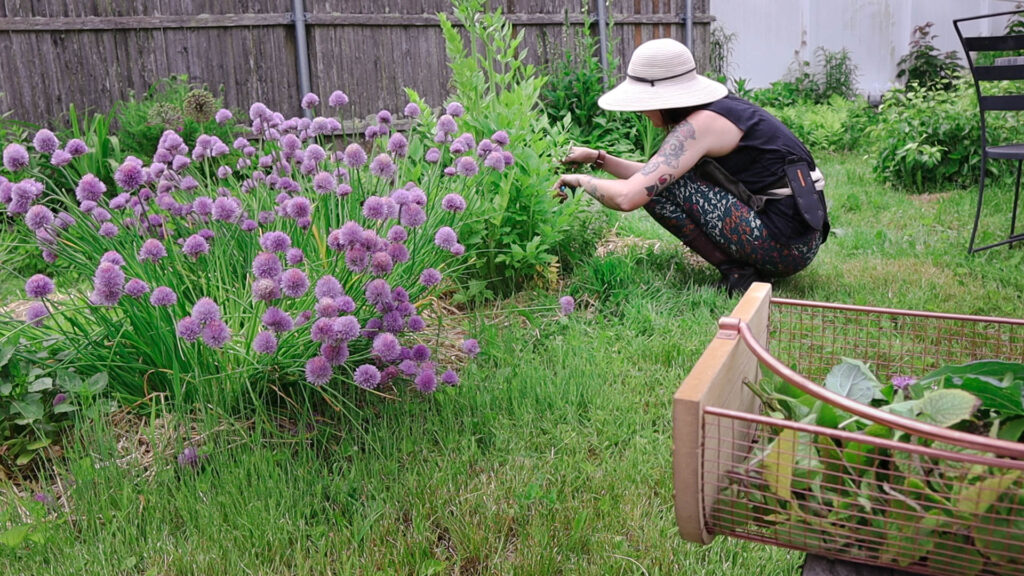
In all the years I’ve been gardening (and the many years I spent researching before I had the soil to plant in), I’ve noticed a sort of “pipeline” with gardeners. The start with the idea of a home-grown salad, often planting only food crops and rarely giving much thought to companion planting, pollinators, or soil ph. But, if one follows this theoretical pipeline, it doesn’t stop there.
Usually the next stop on the dizzying, slippery slope of falling in love with growing plants, is flowers. Maybe you get a pack of zinnia while you’re out selecting lettuce, maybe you read about the many, MANY benefits of planting for pollinators while growing food. Maybe from there you stumble into the vast wealth of discoveries in the world of native plants. Maybe, like me, you continue to tumble further and further into herbal teas, pressed flowers, floristry, natural plant dyeing, and macro photography.
Here are the ways I’m taking it further this year, growing not just food but materials to make art, clothing, and a better environments for the local birds and insects.
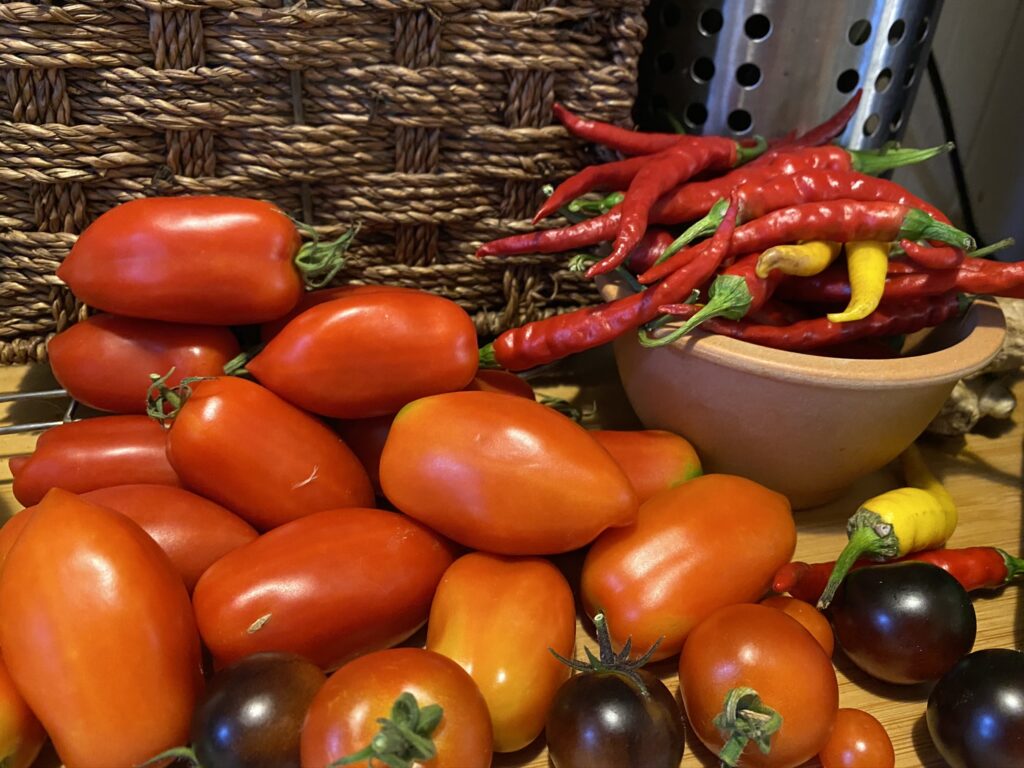
Canning, Freezing, and Storing:
With grocery store prices skyrocketing, and supply-chain crises becoming the norm, the old joke about spending $100 to grow a few dollars in produce is losing its potency. Sure, if you’re installing a brand-new garden, or perhaps watering a sun-parched patch of salad garden in the Arizona heat, your cost of production might still be vastly higher than the output. But in my New England garden, I’ve figure out how to pull baskets of produce throughout the growing season that total up to a net savings when I grow through three seasons and can, dry, freeze, and store the bumper crops.

Dried & Pressed Flowers:
One of the most enchanting new passions gardening introduced me to is the artistry of floral arranging and preserving. I got started by pressing some spring violets and pansies in a small flower press from Amazon two seasons ago. Arranging them into a delicate glass frame brought me so much joy that I promised to increase my attention to drying flowers every year in order to build up material to work with throughout the bitter days of New England winter. My head is already spinning with the possibilities of framed art, resin work, and dried arrangements to keep and share.
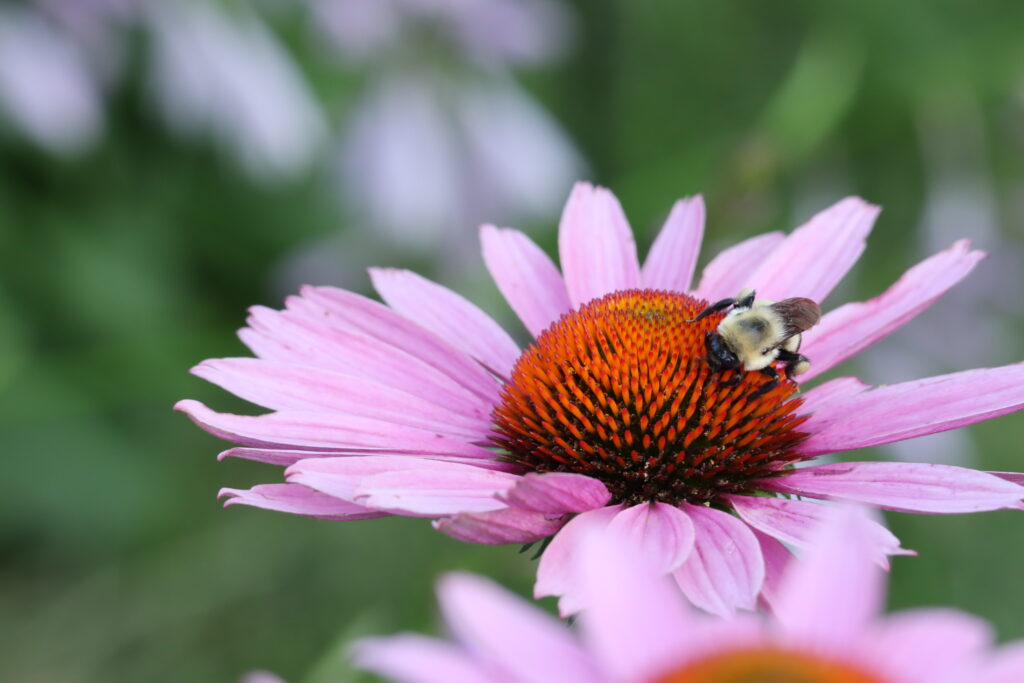
Beneficial Insects & Wildlife:
I wrote a detailed blog post years ago about this long-established interest of mine to have the buzzing-est, flapping-est, chirpy-est garden in my city. The very first bed I installed in the formerly languishing lot on the property I rent was a native perennial garden. A few non-natives have found their way into that bed but largely it’s remained a love letter to local bees, birds, and butterflies- especially my beloved Monarch and Swallowtails. I made sure to plant enough that there are blooms from last frost to first frost and an abundance of seed heads and hollow twigs for winter survival. I don’t rake until May to keep my bumblebees abundant, and they return this kindness by helping me pull in baskets of beautiful tomatoes come July.
Tea, Spices, Incense, & Herbs:
What’s a witch without her stores of fragrant and powerful herbs? I’ve been hand grinding my own herb and resin incenses since I was a teenager, and to this day I do not use commercial incense in my home. Nothing compares to the smell of smoldering rosemary. (Be sure with all incense to ventilate your home!) I enjoy the whole-body hug that is a cup of mint and tulsi tea all winter long, and there is just something about crumbling your own thyme or cayenne pepper flakes into a pot of winter soup.
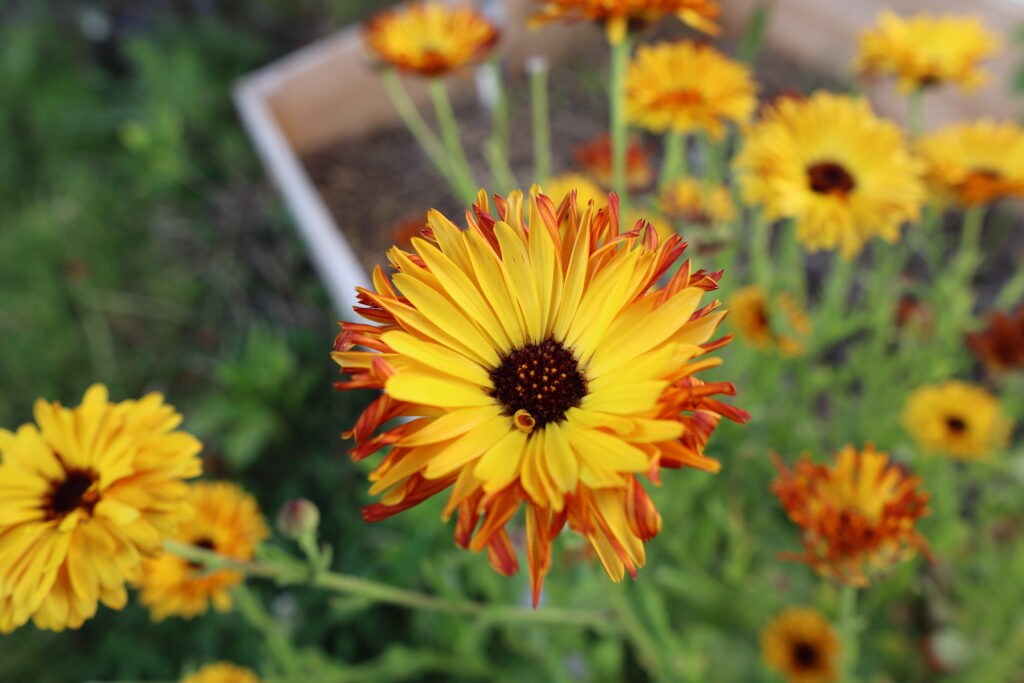
Natural Dyeing:
Here, sweet reader, is my newest special interest when it comes to plant selection! Over winter, my restless heart found comfort in a once-fanatical hobby from my 20s: knitting. Knitting again led to finding my hand spinning stash and I’ve also fallen back in love with spinning my own yarn for knitting and weaving. *Deep inhale* and that led me to realizing “I can grow dye plants and dye the yarn I spin”! Two trips to the library later I am ready to let the garden color my life in a whole different and quite literal way.
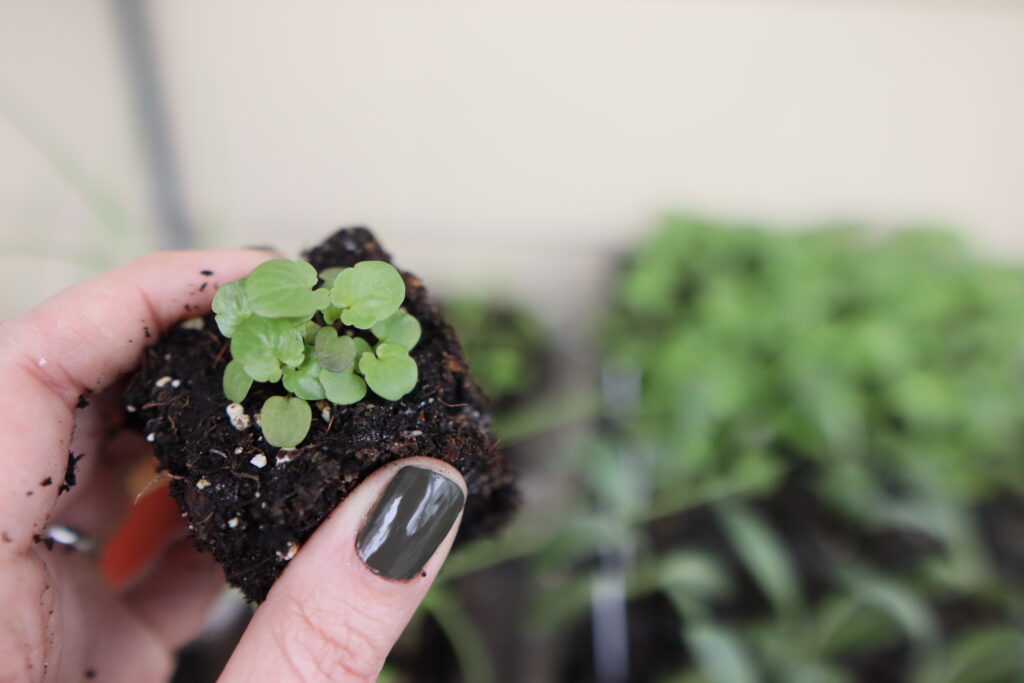
Photography, Video, & Income:
Finally, and perhaps this is obvious, the last way my garden will give me more than just a salad, is through my work with cameras. I make videos on Youtube, visually document on Instagram, and take portraits and nature shots with the flower-heavy backdrop of my dreams. My garden doesn’t just feed my body, it feeds my creativity. Every morning from the first sunny mornings of late winter until it’s too cold to be enjoyable, I take my coffee in the garden. Often the camera comes with me and I’ve got folders full of beautiful b-roll and striking photos of rabbits, bees, and birds to show for it. An unexpected and usually unplanned income bonus comes by way of selling my extra plant starts off every spring, usually funding the supplies I need for my late June succession planting.
What are some ways you can get more out of your garden this year? Leave me a comment, or drop by my YouTube video companion to this post and we can chat there!